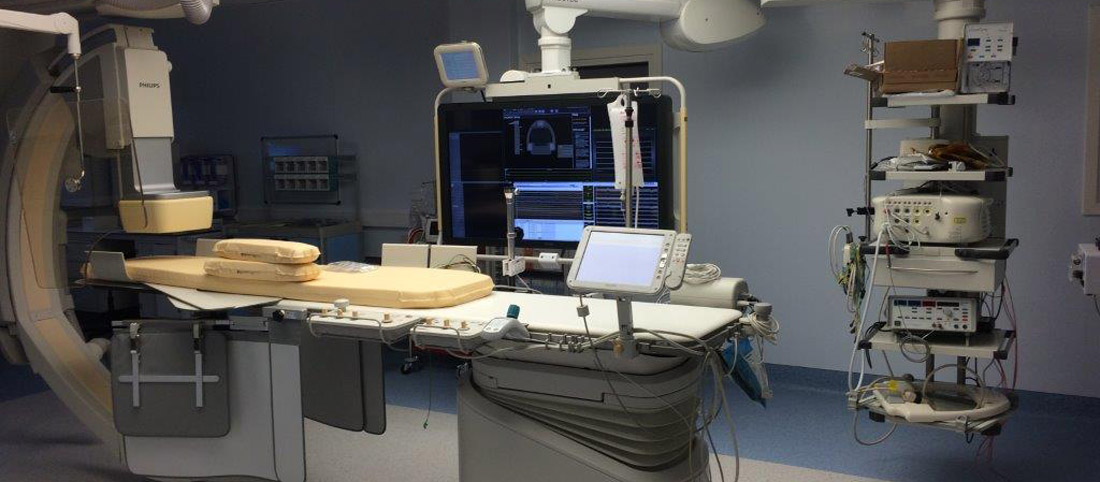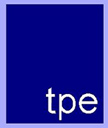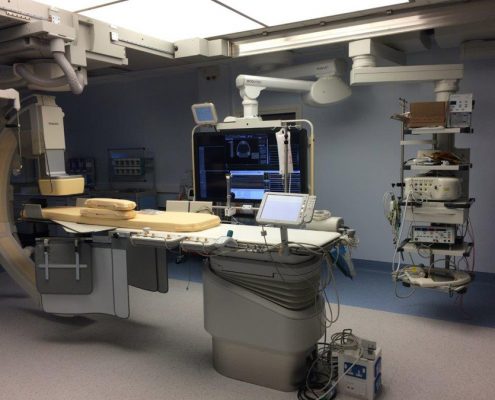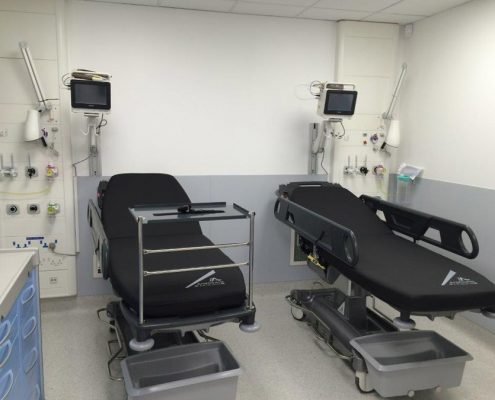
New Imaging Facility, Kings College Hospital
| Client | Kings College Hospital | Contract Type: | Detailed MEP Services |
| Construction Value: | £3.8m | Awards: | N/A |
| Location: | Denmark Hill, London |
Fast track programme to construct a four storey building to house a new Magnetic Resource Imaging (MRI) facility, a Catheterization Laboratory (Cath Lab), associated recovery bays, new office accommodation and a roof top plantroom. The building was being erected over the main delivery ramp for the hospital kitchen and laundry and up against an occupied building. The works also included remodelling existing office accommodation to create new treatment rooms for the MRI facility, a control room and scrub-up area for the Cath lab and clean/dirty utility rooms.
TPES were engaged by the Architects to detail the MEP services The services included upgrading the LV infrastructure, standby power generation, LV distribution, UPS & IPS power, general small power for medical equipment, general & emergency lighting, fire detection, voice & data, security systems, life safety systems and HVAC controls & energy monitoring, process chillers for the MRI scanner & HVAC chiller plant, heat pump systems for heating and cooling, mechanical supply and extract ventilation, laminar flow hood for Cath lab, medical gases and AGSS exhaust ventilation, public health services and steam for air humidification.
All the services were designed and installed in accordance with Health Technical Memoranda (HTM) for health care facilities.
The MRI uses strong magnetic fields to form detailed images through a body. Steel and copper shielding is built into the structure around the scanner to prevent RF noise from affecting the MRI scanner and distorting the image and to protect the medical staff from the magnetic field. All services passing through the shielding need to be isolated and fabricated from non-ferrous metals.
A catheterization laboratory is an examination room where they use a ceiling mounted c-arm to acquire a 3D image to visualise the arteries of the heart and the chambers in real time while carrying out a medical procedure.
Due to the close proximity of the MRI scanner additional shielding was required to prevent interference between the two imaging appliances.
The catheterization laboratory is classified as a theatre and requires a high level of air filtration and air change rate to maintain sterile conditions.


